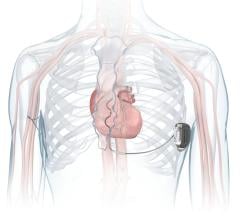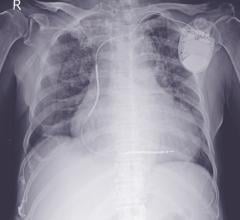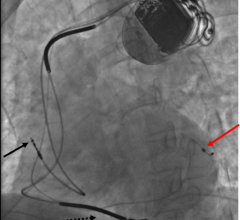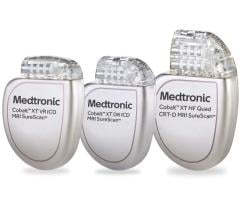Feb. 14, 2007 — The American Heart Association and the Heart Rhythm Society have issued expanded driving precautions pertaining to people with an implantable cardiac defibrillator. The guidelines are an update to previous recommendations.
The two organizations published an advisory in that largely focused on individuals who had been given an ICD for secondary prevention of life-threatening heart-rhythm disturbances Since the release of that document, newer findings from a number of studies have shown the benefit of ICDs for preventing a first cardiac event in people who are at high risk. Also, in 2005, Medicare began to cover ICDs for primary prevention.
AHA and HRS now believe the time is right to develop driving restrictions specifically for primary prevention ICD patients.
Recommendations include:
1. Patients given an ICD for primary prevention should not drive an automobile for at least 1 week after the procedure to allow for postoperative recovery.
2. If the patient gets an ICD shock to correct a rhythm irregularity, then the previously set restriction for secondary prevention should apply -- that is, no driving for six months after the event.
3. Patients given an ICD for primary prevention should be informed that impaired consciousness is now a possible future occurrence.
4. These restrictions apply to private driving, not commercial driving. Federal law prohibits all patients with an ICD (for primary or secondary prevention) from being certified for commercial driving.
Full details are published in the Feb. 7 issue of AHA’s journal, “Circulation.”


 September 05, 2024
September 05, 2024 








